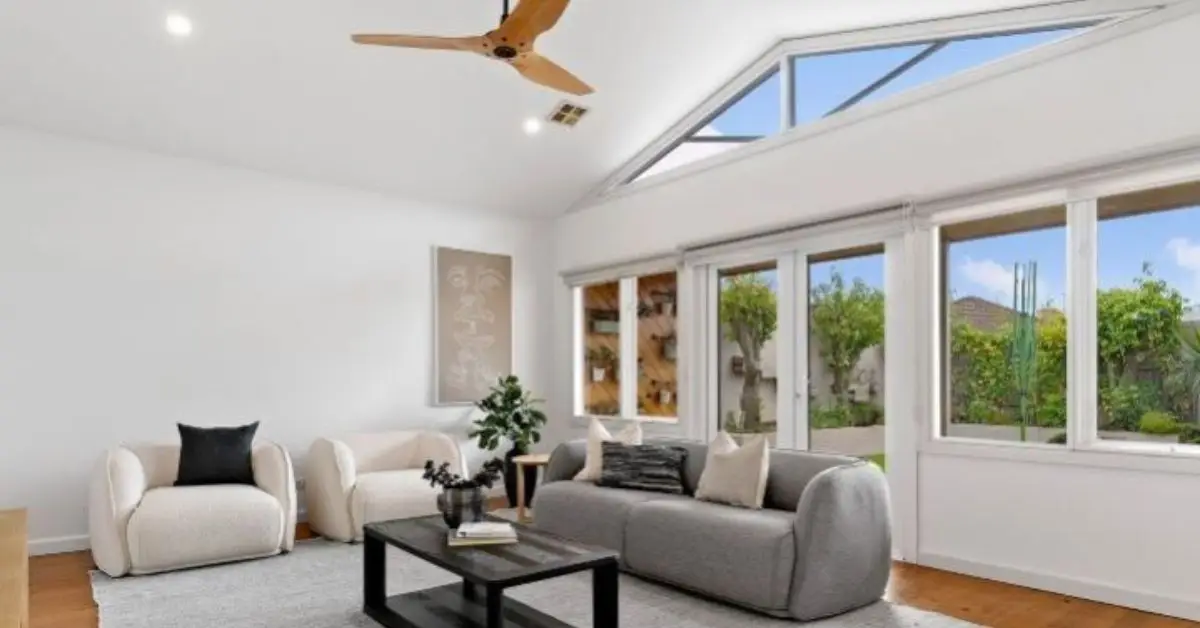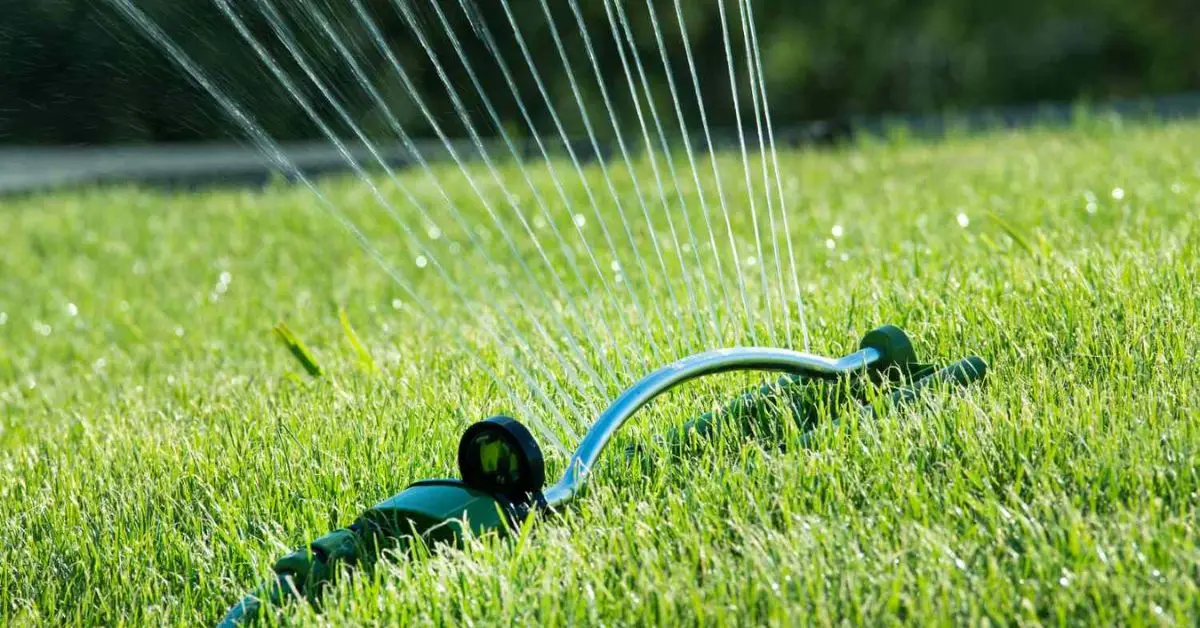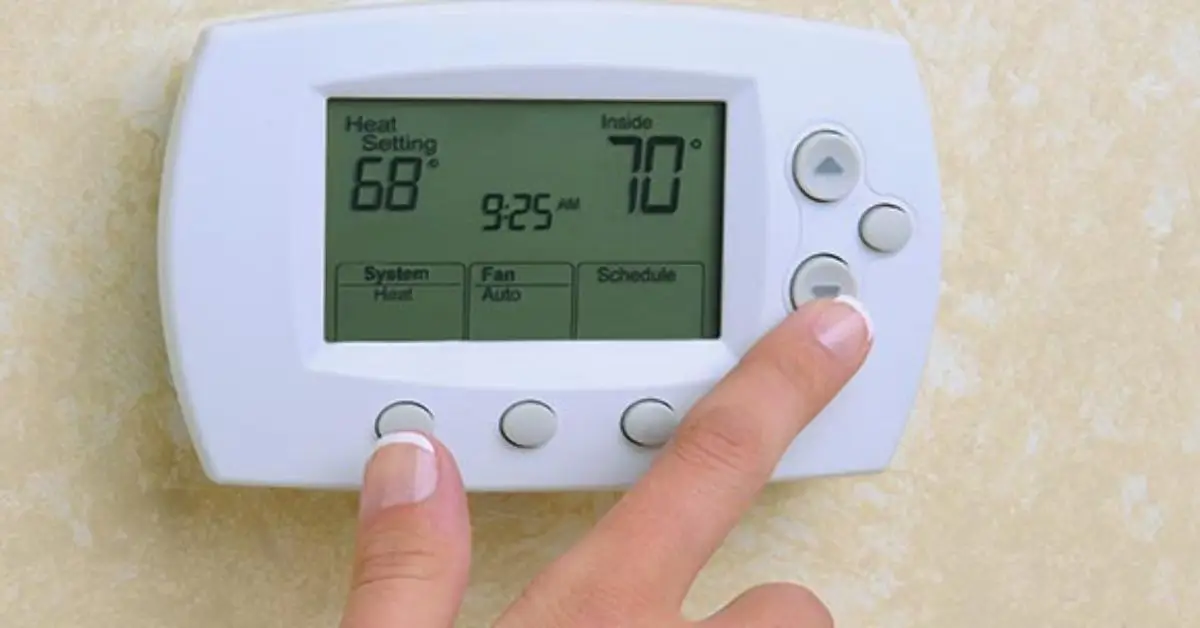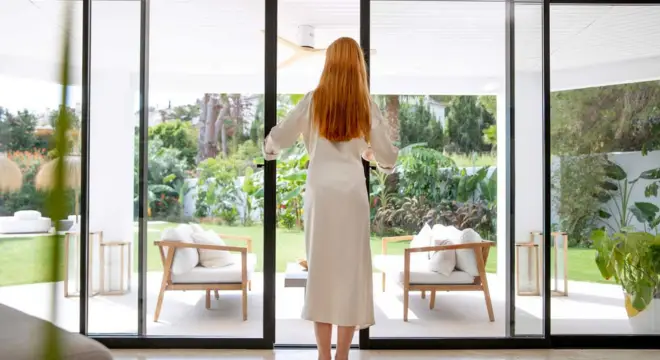Cut Your Summer Utility Bill by Avoiding These 5 Common Home Mistakes
Let’s be honest—most of us don’t realize how much money we waste at home during the summer. Not because we’re careless, but because some habits feel completely normal. Leaving the fan on all day, running the AC while stepping out for “just five minutes,” watering the lawn at noon. Harmless, right?
Except they’re not.
Your utility bill isn’t only rising because of heatwaves or electricity rate hikes. It’s rising because of what we’re doing inside our homes—day after day—without thinking twice. I’ve seen families get hit with an extra two to four thousand rupees on a single bill, just because of a few repeated mistakes.
The good news is, these are things you can change today. You don’t need a fancy gadget or home renovation. Just stop doing these five common things, and you’ll see the difference—both in your next bill and how efficiently your home runs.
Let’s dive into what’s really going on behind those numbers.
Why Your Utility Bill Spikes in Summer (And It’s Not Just the Weather)
You’d think your energy bill goes up just because it’s hotter. But that’s only part of the story. What really pushes those numbers higher is how your home responds to summer—and how you manage it.
During peak summer, your cooling system works harder and longer. Appliances run more frequently. You may cook more indoors, take longer showers, or leave electronics plugged in all day. Multiply these by 30 days, and your bill isn’t just slightly higher—it’s in a whole new range.
In the U.S., for example, summer electric bills crossed $784 on average in 2024. That’s a 6 percent year-over-year jump, according to energy data from NEADA. And most of that increase isn’t about extreme heat. It’s about old habits that quietly drain energy in the background.
If you’re seeing unexpected hikes in your bill, this is where to start: not with the weather forecast, but with what’s happening inside your home.
Habit #1 — Cooling Rooms You’re Not Even Using
Here’s something I used to do without thinking: leave the AC running in every room, “just in case” someone walked in later. Sound familiar?

The problem is, your cooling system doesn’t know which rooms are empty. It cools everything equally. Bedrooms, guest rooms, that home office no one’s used in two weeks—it’s all being cooled for no reason. And you’re paying for every degree.
If you have central air, close off vents in unused areas. For split or window units, shut the door and turn them off when the space isn’t occupied. You don’t need to sweat it out—just direct the cool where it’s actually needed.
This one shift alone can reduce your bill by up to 10 percent over the season. And it doesn’t cost you anything but awareness.
Habit #2 — Running Fans Like They’re Air Conditioners
There’s a big misunderstanding around ceiling fans. They don’t cool rooms—they cool people. If no one’s in the room, the fan is just spinning for no reason, pulling electricity and even generating a bit of heat from the motor itself.
I’ve walked into homes where every ceiling fan is on—kitchen, bathrooms, even closets—24/7. It feels normal, but it’s wasteful. A typical ceiling fan pulls 50–75 watts per hour. It may not sound like much, but across 4–5 rooms, running all day, it adds up fast.
The smarter way? Only run fans when you’re in the room. And when you are, set them to rotate counterclockwise during summer. That pushes air down and makes you feel cooler, even at a slightly higher thermostat setting.
The real trick is using fans with your AC, not instead of it, and never when no one’s around. It’s not about cutting comfort—it’s about using comfort more intentionally.
Habit #3 — Watering Lawns and Outdoor Power Use at Peak Times
I’ll admit I used to set the sprinkler to water my lawn at noon—until I saw my water and electricity bills spike together. Here’s why that hurts your wallet: midday watering evaporates quickly, forcing your system to run longer. Outdoor lights or pumps running in daylight hours add unnecessary electricity load.

If you love a green lawn, water in the early morning or late evening when evaporation is low. Install a timer so sprinklers shut off automatically. Swap plug‑in garden lights for solar‑powered versions—you’ll cut both water and energy costs without changing your landscaping routine.
These small shifts can trim your combined utility outlay by up to 15 percent over summer, simply by using water and power when they’re less costly.
Habit #4 — Leaving AC on with Doors or Windows Open
We’ve all rushed out “for just a minute” and forgotten to close the front door behind us. Meanwhile, your AC is working overtime to cool the entire neighborhood.
Think of your air conditioner like a bucket of ice water: if you leave a hole in the bucket, you’ll keep refilling it. An open door or window is exactly that hole. Your system never reaches its set temperature, and it never stops running.
Always shut doors and windows before hitting the thermostat. If you like fresh air, switch to “fan only” mode or open windows during cooler hours. That way, you’re not fighting your own cooling system—and you’ll notice the difference in your next bill.
Habit #5 — Setting the Thermostat Too Low
This one’s sneaky because it feels like the right thing to do. When it’s 38°C outside, cranking the thermostat down to 20°C seems like the fastest way to cool your home. But it doesn’t work that way.

Your AC doesn’t cool faster—it just runs longer. And the longer it runs, the higher your bill climbs.
According to HVAC expert Bill Taylor (via The Sun), setting your thermostat just 1°C higher can save you 3 to 5 percent on cooling costs. That adds up quickly over a long summer. Most experts recommend keeping it between 24°C to 26°C when you’re home, and around 28°C when you’re away.
Even better, get a programmable or smart thermostat. It automatically adjusts the temperature based on your schedule, so you’re not cooling an empty home or freezing your living room at midnight.
Comfort doesn’t come from colder settings—it comes from consistent, balanced cooling. And your energy bill will agree.
The Hidden Drain — Phantom Loads and Poor Maintenance
Even if you’re careful about AC and fans, there’s a whole other category of energy loss most people miss: phantom loads. These are devices that draw power even when you’re not using them.
Think phone chargers left plugged in, TVs on standby, Wi-Fi routers running 24/7, or an old second fridge humming away in the garage. Each one might use just a little electricity—but together, over weeks, they quietly drive your bill up.
Now add poor AC maintenance into the mix: dirty filters, leaky ducts, or clogged condenser coils. All of this forces your system to work harder, using more energy to do the same job.
And if your cooling still seems off even after cleaning filters and sealing leaks, it might be time to check if there’s a deeper issue—like a failing AC unit or duct blockage. Here’s a quick guide on how to know if your HVAC system needs urgent repairs.
Here’s what you can do:
- Unplug devices you don’t use daily.
- Use smart plugs with timers.
- Clean or replace your AC filter every 30–60 days.
- Get your ductwork inspected every few years.
- Seal small gaps or leaks near windows and doors.
Most people skip this stuff because it doesn’t feel urgent. But if you’re trying to control your bill, this is one of the easiest areas to fix—no lifestyle change required.
Smarter Alternatives That Actually Save Money
Fixing bad habits is one thing. But adding a few smart ones? That’s where the real savings kick in.
Start with this: bump your thermostat up by 1–2°C and run a ceiling fan in the room you’re in. You’ll feel just as cool, but your AC won’t need to work as hard. Most people don’t realize fans don’t lower the temperature—they just make you feel cooler through airflow. Use that to your advantage.
Next, shift appliance use to off-peak hours. Run your washing machine or dishwasher late evening, or early morning, when electricity rates are lower and the heat load on your home is reduced.
Consider grilling or cooking outside a few times a week. Every time you fire up the oven, it adds more heat indoors—making your AC work double.
And if your utility provider offers a free or subsidized energy audit, take it. You’ll get personalized insights into where your home is losing efficiency—and many times, they’ll recommend small, low-cost fixes that pay for themselves within months. If you’re thinking long term, there are also some simple home renovation projects designed to keep you cool during summer—from better insulation to reflective roof paint.
The goal isn’t to sacrifice comfort. It’s to make comfort more efficient.
Quick Checklist — What to Stop (And Start) This Summer
Before we wrap, here’s a quick reference guide. Stick it on your fridge, and share it with anyone else in your home:
Stop Doing:
- Cooling rooms no one is using
- Leaving fans running in empty spaces
- Watering lawns during peak sun hours
- Keeping doors/windows open with AC on
- Setting the thermostat way too low
Start Doing:
- Use smart plugs or timers for electronics
- Run heavy appliances off-peak
- Clean AC filters monthly
- Switch to solar outdoor lights
- Use fans with AC to balance comfort
And if you’re planning to take things a step further, make sure you know which upgrades actually require a permit—even things like painting or wall insulation before starting your next home improvement.
You don’t need a full lifestyle change to see results. You just need to be a little more intentional with how your home uses energy. These simple adjustments can lower your bill, reduce wear on your appliances, and leave you with more breathing room by the end of the season.
Final Thoughts — Small Fixes, Big Results
No one wants to obsess over their utility bill all summer. You shouldn’t have to.
But here’s the truth: most high bills aren’t caused by extreme weather or faulty equipment. They’re caused by habits we don’t even notice. The fan left running. The thermostat set too low. The empty guest room getting cooled every day.
The good news? Every one of those habits is fixable—starting now, without spending a single rupee.
This summer, take control. Look around your home and ask: What’s running that doesn’t need to be? What’s costing me more than it should?
The savings won’t just show up in your bill. They’ll show up in how relaxed you feel, knowing your home is finally working for you—not against you.
Have you already tried cutting back on a few of these habits? Did your bill change? I’d love to know what worked for you—and what didn’t.
Want more smart home tips that actually save money? Visit Build Like New for practical guides that help you live better—without overspending.
Disclaimer: This article is for informational purposes only. Individual energy savings may vary based on home setup, climate, and usage. Always consult a licensed professional for system upgrades or major changes.


